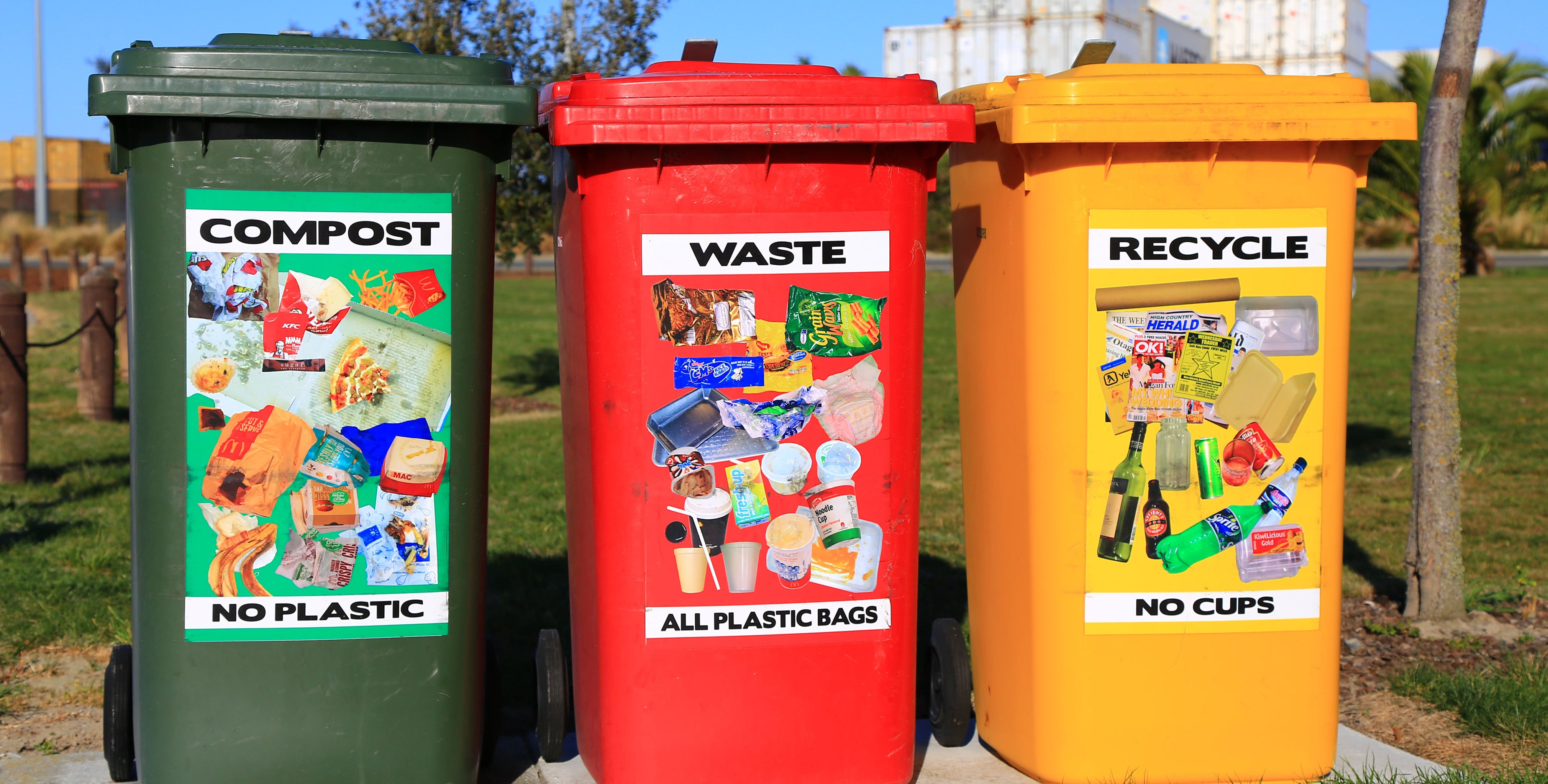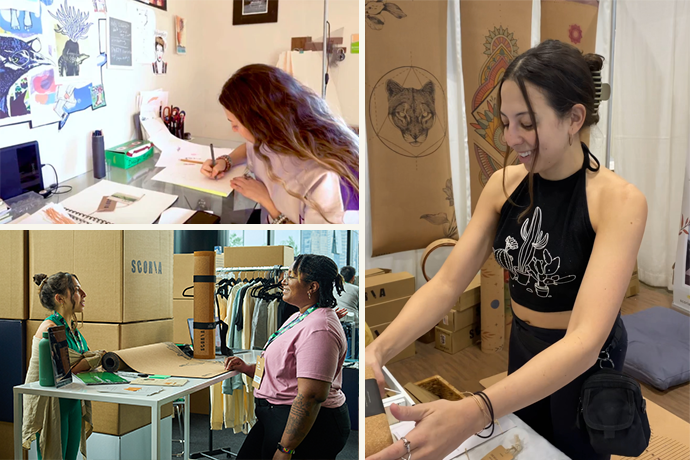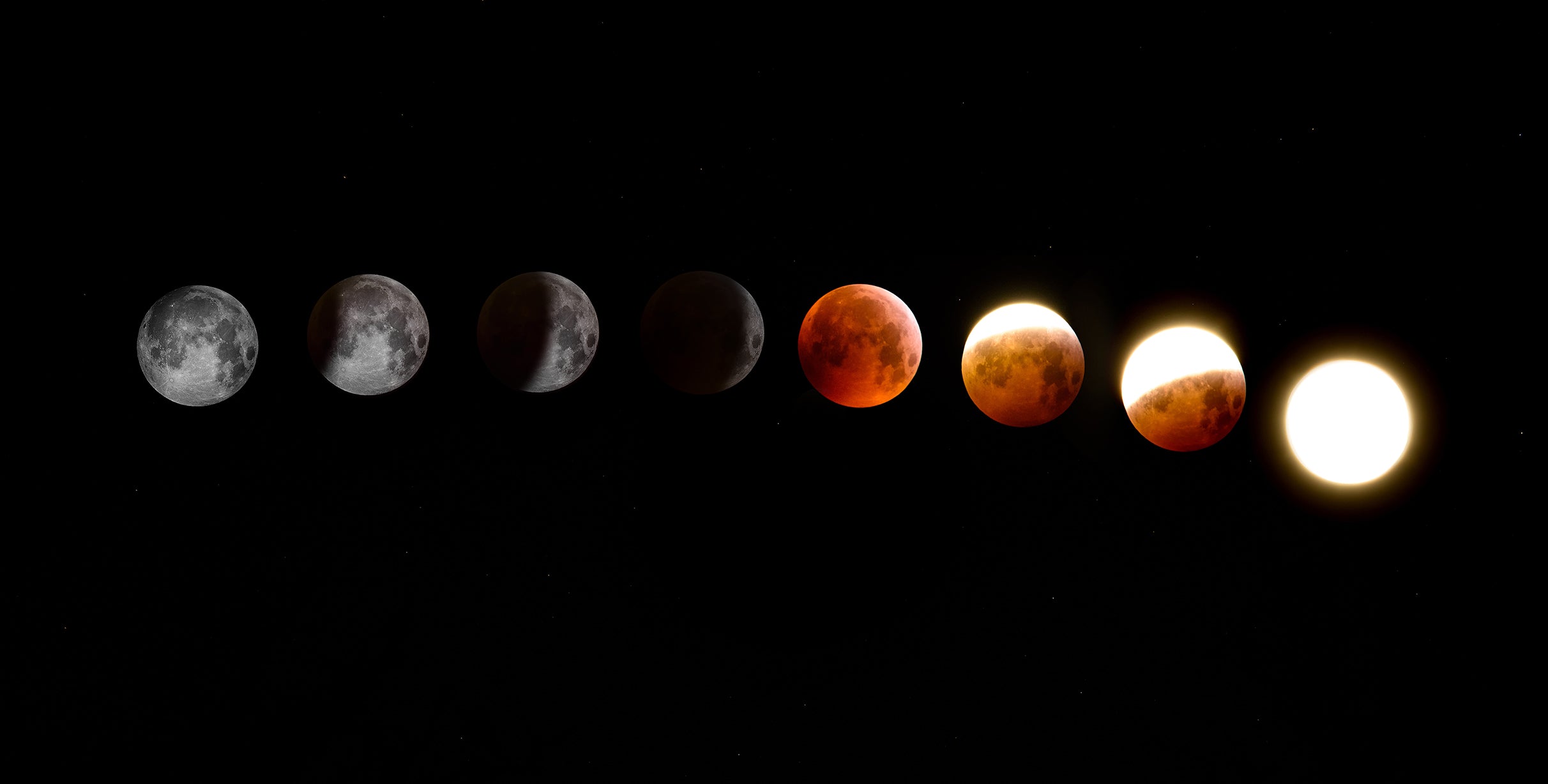
7 Types of Plastic & Their Alternatives
Ever wondered what the 7 different types of plastic are and what possible alternatives you can choose and make? Below, you will learn more about each type of plastic, what they are commonly used for and if they’re recyclable or not along with alternatives for each! Our recommendations for a more sustainable earth is to reduce or reuse plastics first prior to choosing to dispose or recycle them.
Number 1: PET or PETE
Polyethylene Terephthalate, also known as Polyester, is one of the world’s most versatile, widely used and trusted plastics. This is because it's clear, and durable, making it ideal for food and beverage packaging. When recycled it will be reused to create new bottles and jars, clothing and rope.
How can I make a better choice?
When purchasing leggings, try supporting a brand that uses minimal PETE in their materials - Check out Maggie's Organics!
Number 2: HDPE
High Density Polyethylene is another more commonly used and versatile plastic. It is known for its strength and density making it great for creating shampoo bottles, cutting boards and toys. This plastic can be easily reused and recycled up to 10 times. You will often find clear HDPE recycled into the same containers and coloured turned into pipes, floor tiles and pens!
How can I make a better choice?
Running low on shampoo? Refill your old bottles at a refill station or purchase a shampoo bar. We love byHumankind’s bars as they are ethically made, vegan and sulfate-free.

Number 3: PVC
Polyvinyl Chloride, the most famous plastic used for your average yoga mat, is one of the least recyclable plastics due to the variety of additives in the material. It is used just as frequently as PET plastics are because of its strength and flexibility. You will find plastic number 3 commonly in most yoga mats and household items. It is also recommended to not use PVC products for cooking, as when the material is hot, it becomes dangerous with the toxic chemicals it releases.
How can I make a better choice?
Choosing a better alternative for your yoga mats and household items will save you all the toxic fumes and also help the environment. Our natural yoga mats do not have PVC and are made from sustainably harvested cork and a natural rubber backing. You can browse our mats here!
Number 4: LDPE
As the name suggests, Low-Density Polyethylene has a lower density than High Density Polyethylene and is much more elastic. LDPE is commonly used for grocery bags, squeezable bottles, and bubble wrap. But is it recyclable? A very small amount is. When it’s recycled, it is most likely turned into garbage and compost bins, floor tiles and lumber.
How can I make a better choice?
Next time you go grocery shopping, bring a reusable bag to carry your groceries in. Baggu offers creative and fun sustainable reusable bag options that you may love.
Number 5: PP
PP, otherwise known as Polypropylene has a high melting point, is corrosion resistant, and tough making this plastic ideal for products like car bumpers and medical tools. You will also find it in yogurt containers, utensils and disposable plates/cutlery. PP can be reused by melting it down into pellets to become new products, however it is recommended to reuse PP products multiple times as a small number of factories recycle it.
How can I make a better choice?
Rather than buying plastic or disposable tupperware/cutlery, reuse your old glass jars to store meals in and bring utensils from home! You can even keep your utensils wrapped with a recycled piece of fabric for easy carrying.

Number 6: PS
Polystyrene is a lightweight plastic that is cheap to produce. It can be made into a solid material or foam and can be used to make appliances, insulation, and foam packaging peanuts. Due to its fragility, broken up pieces of PS can be found in our environments. You are also able to recycle Polystyrene but it is not widely accepted everywhere, as a smaller number of factories accept it. When it is recycled, it is often turned back into packaging or other materials.
How can I make a better choice?
If you’re a small business owner, explore Mushroom Packaging or biodegradable packaging for your products! You will also make your customers just as happy to have less waste to worry about when receiving their packages.
Number 7: Other
Other kinds of plastics can include acrylic, fiberglass, nylon, and polylactic acid. Polycarbonate is also included in number 7 plastics and contains BPA. You may find the number 7 symbol on products such as baby bottles, electrical wiring and car parts. It is suggested that these items are not reused unless labeled with “PLA” (aka Polylactic acid). This means the product is compostable and should not be placed in the recycling bin. Overall, this plastic is harder to recycle than the rest and most factories will not accept it.
How can I make a better choice?
When purchasing products, mindfulness is key. Understanding the materials involved with your purchase, will help you make better decisions and choose better alternatives.
Overall, avoiding plastics helps decrease waste which ends up in landfills and rarely makes its way into recycling centers. If you enjoyed this article, comment below to let us know what switches you’re making!
Sources: PET Resin Association, ACME Plastics, Plastics Make it Possible, Chemical Safety Facts, How Stuff Works, Yes Straws, Earth Easy.




